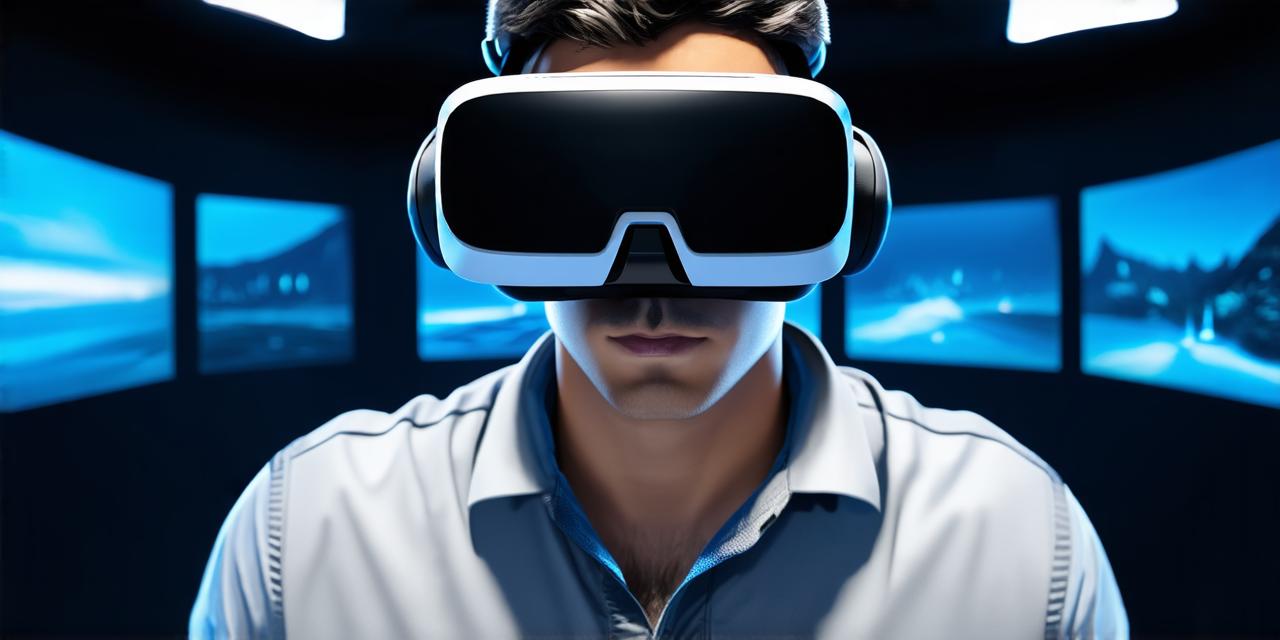
Will VR ever be fully immersive?
Virtual reality (VR) technology has come a long way since its inception, with advancements in hardware and software enabling increasingly realistic experiences for users. However, achieving full immersion in a virtual environment remains an elusive goal, despite some impressive progress in recent years.
Table of Contents
ToggleHardware limitations
One of the main challenges facing VR is the hardware limitations that currently exist. While high-end computers and specialized VR headsets have made significant progress in recent years, there are still several key areas where improvements can be made.
- Screen resolution: Despite advances in display technology, many VR headsets still offer relatively low-resolution screens compared to traditional monitors. This can result in distorted images and a lack of detail in virtual environments, making it harder for users to fully immerse themselves.
- Field of view: The field of view (FOV) refers to the area that a user can see in a virtual environment. Many VR headsets still offer narrow FOVs, which can result in a disorienting experience and make it difficult for users to feel fully immersed.
- Movement tracking: While advancements in motion tracking technology have made significant progress in recent years, there are still limitations to how accurately movements can be tracked. This can result in occasional lag or glitches that can disrupt the user’s experience and prevent them from feeling fully immersed.
Software limitations
Another key challenge facing VR technology is software limitations. While advancements in graphics and physics engines have made significant progress in recent years, there are still several areas where improvements can be made:
- Haptic feedback: Haptic feedback refers to the use of physical sensations (such as vibrations or air resistance) to simulate interactions with virtual objects. While haptic feedback technology has come a long way, it is still not yet able to fully replicate the tactile experience of interacting with real-world objects.
- Realistic AI: Artificial intelligence (AI) plays a crucial role in creating realistic and believable virtual environments. However, AI models are still far from being able to accurately simulate human behavior, which can make it difficult for users to feel fully immersed in a virtual world.
- Interactivity: While VR has made significant progress in recent years, there is still much work to be done in terms of creating interactive and engaging virtual experiences. Many VR applications are still focused on passive consumption rather than active participation, which can limit the user’s sense of agency and prevent them from feeling fully immersed.

Conclusion
While VR technology has made significant progress in recent years, achieving full immersion in a virtual environment remains an elusive goal. While hardware limitations such as screen resolution, field of view, and movement tracking still pose challenges, software limitations such as haptic feedback, AI, and interactivity also need to be addressed in order for VR technology to fully achieve its potential.
As VR continues to evolve, it is likely that we will see further improvements in both hardware and software that will bring us closer to achieving true immersion.

